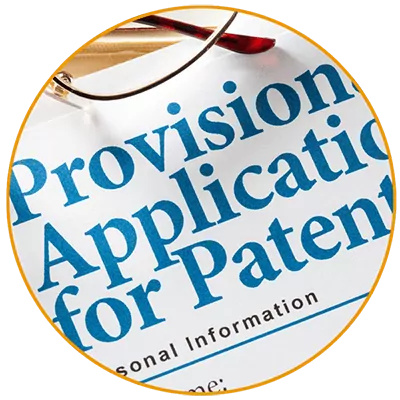Can I File a Provisional Patent Myself?
Understanding the Basics of Provisional Patent Applications
A provisional patent application (PPA) is a cost-effective way to secure an early filing date for your invention with the U.S. Patent and Trademark Office (USPTO). While it doesn’t get examined or issued as a patent on its own, it provides you with “patent pending” status for 12 months. During this time, you can refine your invention, test the market, and seek investors before committing to a full non-provisional (utility) patent application.
The question many inventors ask is: Can I file a provisional patent myself? The answer is yes — but whether you should is another matter.
Why Inventors Consider Filing on Their Own
There are a few common reasons inventors lean toward self-filing:
- Saving money: Attorney fees are avoided in the short term.
- DIY confidence: Some inventors feel comfortable navigating USPTO forms and templates.
- Perceived simplicity: Because a provisional application doesn’t require formal claims, many assume it is “easy.”
While technically possible, filing on your own has significant risks that can affect your ability to obtain a strong patent later.
Risks of Filing a Provisional Patent Without an Attorney
1. Incomplete or Weak Disclosure
The law requires that your application fully describe how to make and use your invention. If your disclosure is vague, missing variations, or lacks detail, you could lose the benefit of your early filing date.
2. Lack of Strategic Planning
Although provisionals don’t need formal claims, your description must support the claims you’ll pursue in a utility application. Without professional guidance, you may accidentally limit your scope.
3. Deadline Management
If you fail to file your non-provisional within 12 months, your provisional becomes useless. Filing mistakes and missed formalities can also cost you valuable rights.
4. False Security
Simply having “patent pending” does not guarantee protection. A poorly prepared provisional can leave gaps that competitors exploit.
When Filing a Provisional Patent Yourself Might Work
Self-filing could make sense in limited cases:
- Your invention is relatively simple.
- You have technical expertise and understand patent requirements.
- You only need short-term protection while planning to hire an attorney soon.
- You use USPTO forms carefully and avoid shortcuts.
Even then, it’s best to have a professional review your draft before submission.
The Value of Working With a Patent Attorney
Partnering with an experienced patent attorney provides advantages that can save you time, money, and stress in the long run:
- Thorough coverage: Attorneys ensure your disclosure is broad enough to cover variations.
- Future-proofing: Proper drafting sets up stronger claims in your utility application.
- Error prevention: Professional filing minimizes costly mistakes.
- Patentability insight: Attorneys can conduct prior art searches and advise on viability.
- Long-term strategy: Starting strong reduces risk and creates smoother transitions into non-provisional filings.
Why Choose Edison Law Group?
At Edison Law Group, we’ve helped thousands of inventors protect their ideas with both provisional and non-provisional patent applications. Our team offers:
- Patentability research and risk assessment
- Drafting or reviewing provisional applications
- Deadline tracking and USPTO compliance
- Strategic claim development for stronger protection
- Seamless transition from provisional to non-provisional filings
With over 2,000 patents granted and 100+ years of combined experience, we understand what it takes to transform innovation into enforceable intellectual property.
Take the Next Step In Provisional Patents
Yes, you can file a provisional patent yourself. But if you want to maximize protection, minimize mistakes, and position your invention for long-term success, professional guidance is invaluable.
Contact Edison Law Group today for a free consultation. Let’s discuss your invention, review your options, and make sure your first filing step is the right one.

